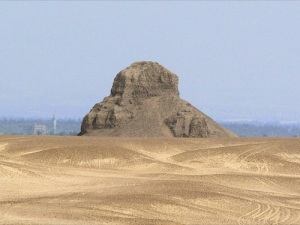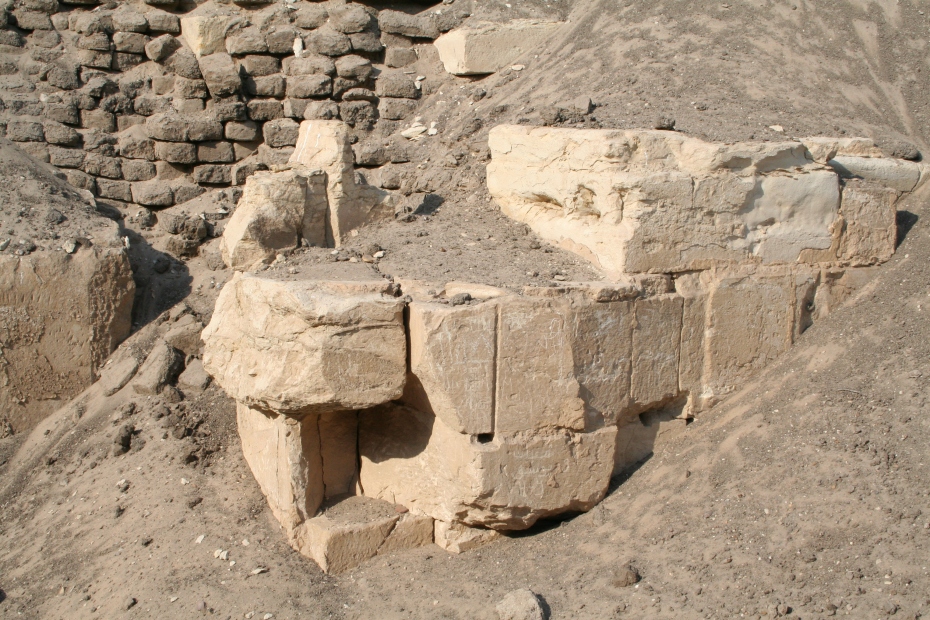The Abrahamic faiths, Christianity, Judaism and Islam all have their roots in Egypt.
Abraham, Joseph and Moses are common to all these religions.
They were real people who are considered the patriarchs of the faith.
Their ancestry and what they achieved is history and it is recorded in the Bible.
In an age when atheism and evolution are fairly common, it is good to be able to give evidence that the Bible is historically accurate.
Owing to the gross inaccuracies of the traditional Egptian chronology, many historians and archaeologists have been looking for evidence of the Jews in Egypt in the wrong dynasties. Not supprisingly, they haven’t found any.
The mud brick pyramids of the 12th dynasty have been staring us so blatently in the face, yet somehow, over the ages, the fact that the Israelites made the mudbricks that went into them has been forgotten. Fact has become legend, and legend myth.
The loss of historical records (eg when the Alexandrian library burnt down), the white washing of history to cover up humiliating defeats, wars, natural disasters and pilfering has also contributed. For almost 2000 years, the art of reading heiroglyphics was lost and only recently recovered when the Rosetta stone was found.
When animals become extinct, people begin to doubt they ever existed.
When people no longer believe that the Bible is true, the fact that the Jews were in Egypt and played a big role in building the pyramids also gets lost.
Now, nobody can explain how the pyramids came to be. Some people have even suggested that they were made by aliens.
The Bible is the oldest, most reliable and ubiquitous source of historical information that we have. If we ignore it, it is no wonder that we do not know who built the pyramids.
When we believe it to be true, archaeological evidence and historical records and geological information just seem to fall into place.
The Bible provides the only credible explanation for where we come from and how the pyramids came to be.
Isn’t God awsome and marvelous!!









